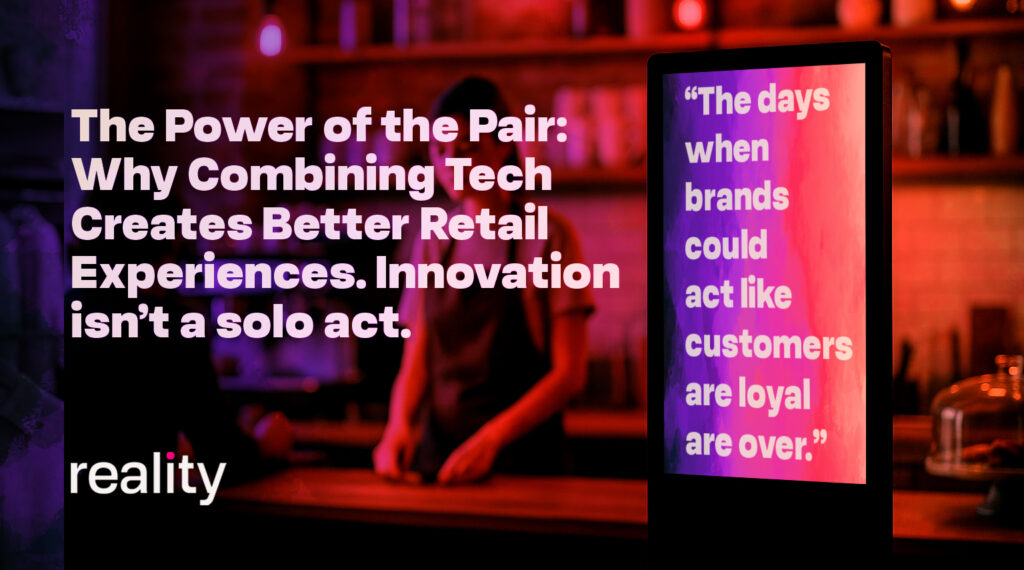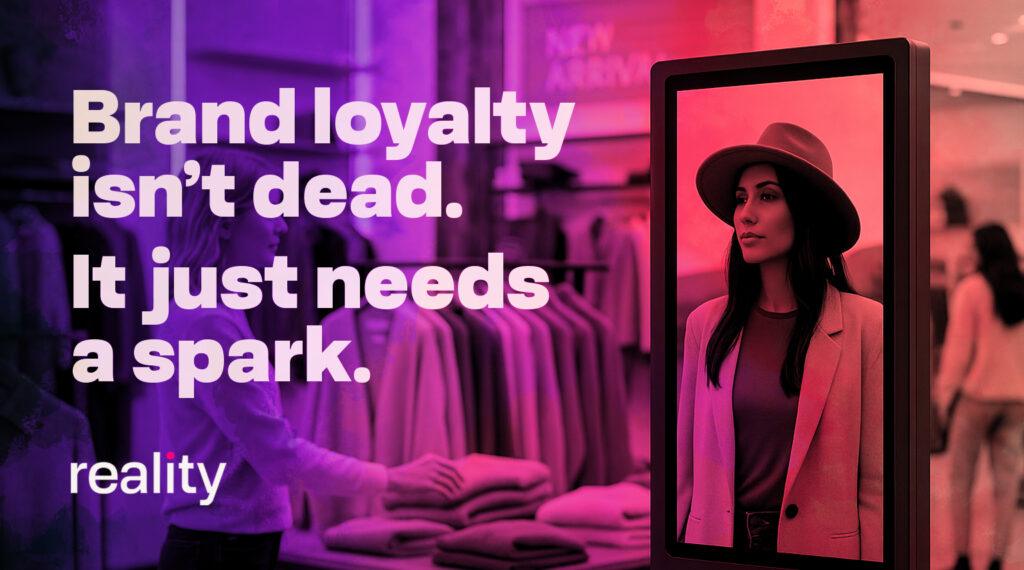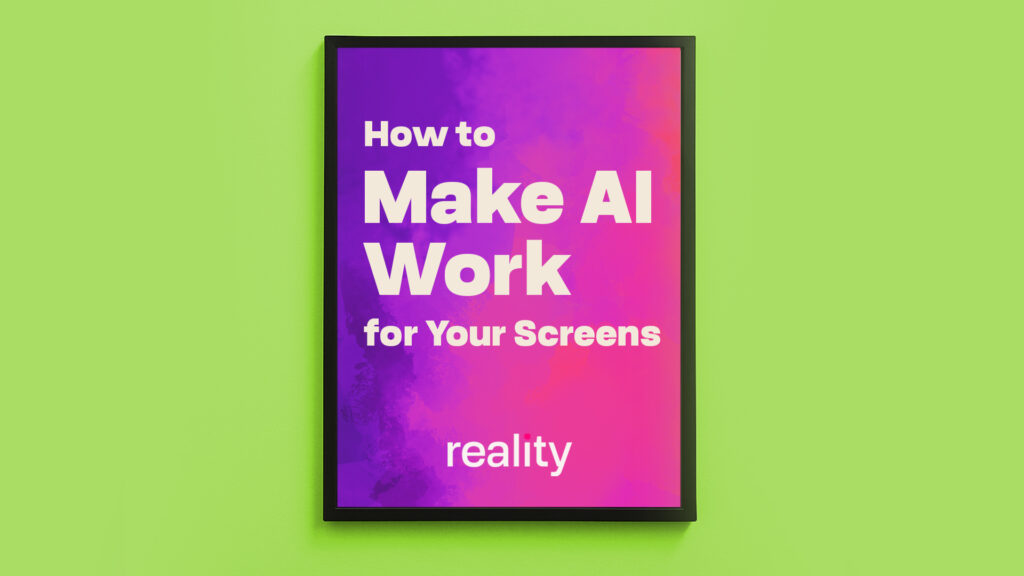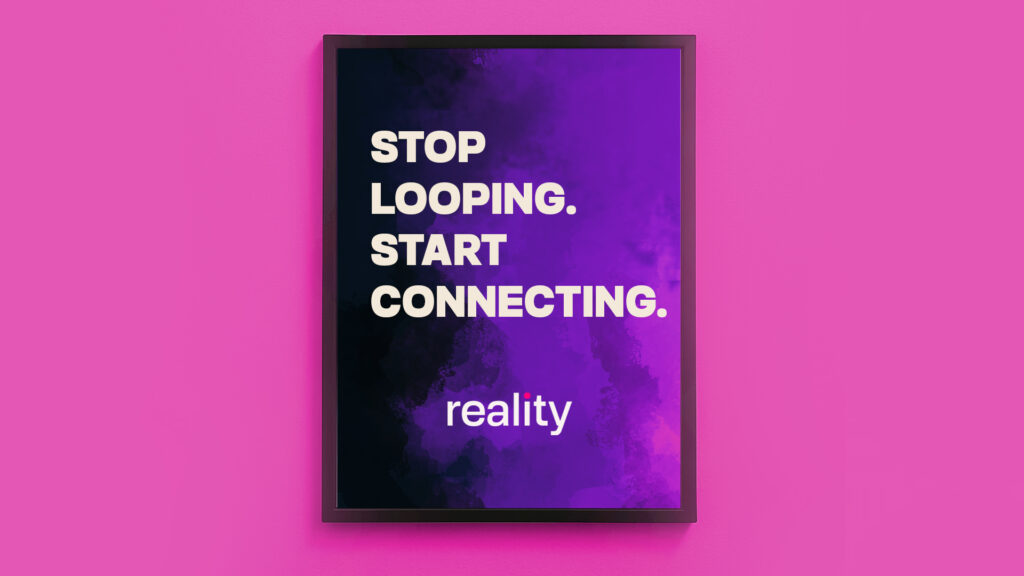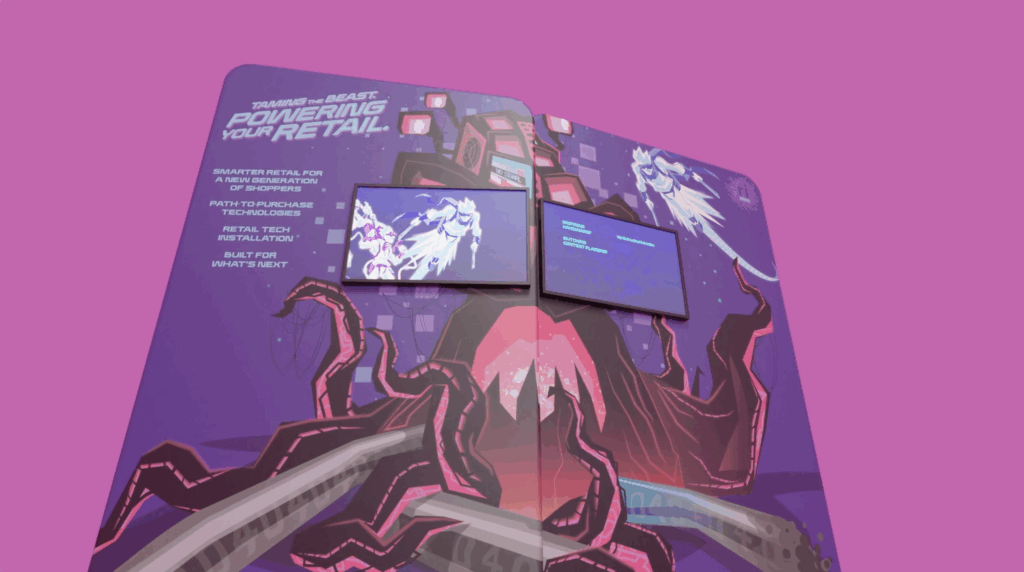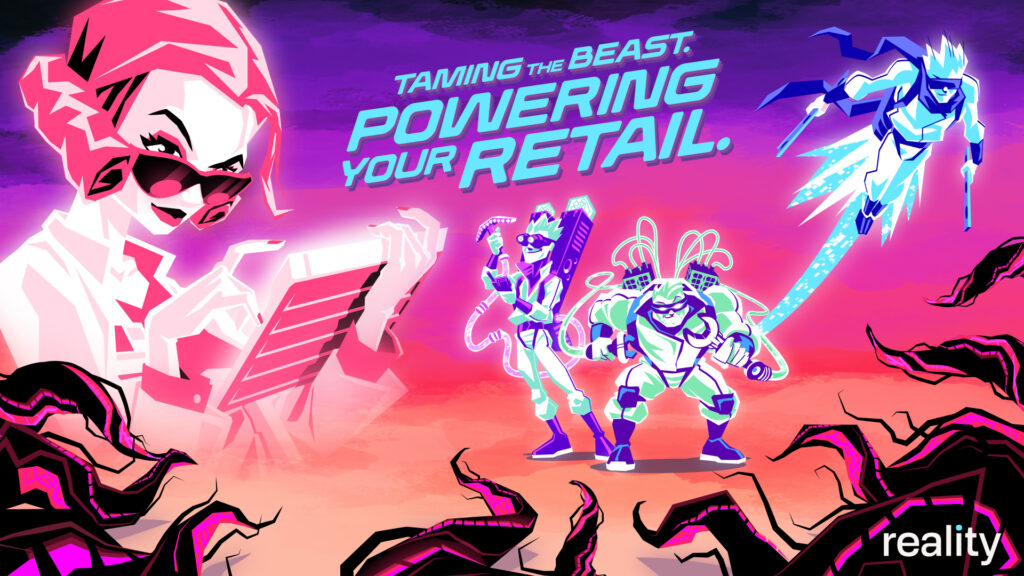It’s no secret that retailers have faced a multitude of issues during the pandemic. From staffing shortages, following changing regulations and CDC guidance, to shifting customer expectations, it has been an unprecedented challenge to adapt, stay profitable and survive.
In fact, IBM’s 2020 U.S. Retail Index Report found the pandemic has accelerated the shift to digital shopping by roughly five years. This is clear evidence that many retailers were forced to rethink their digital transformation timeline overnight.
Technology has always been an enabler to help enhance the shopping experience. But it is now solving more challenges than ever. Most research shows that the pandemic helped change consumer shopping behavior, making them more open to new technologies. All of this points to why AR is proving to be an essential tool for retailers and not just a gimmick.
So why is AR such a powerful tool for helping retailers?
First – AR empowers consumers to see and interact with products in a meaningful way. Consumers are able to visualize what they’re purchasing, and they can experience how the product fits into their lives. This true try-before-you-buy experience can lead to an increase in conversion rates by up to 250%.
Second – in a world where staffing shortages are hitting retailers hard, AR can help provide an extra level of self service, or the ability to answer customer’s questions without extra headcount. The AR experience can be designed to allow the customer to personalize their product and answer their questions both in-store and online. AR can also enable sales staff to interact with shoppers from wherever they are, as illustrated by the cosmetic brand Bobbi Brown, detailed further below.
Third, AR can help provide hygiene and safety in a post COVID world.
Instead of customers trying on items before buying, or seeing and touching products, AR can provide the same sense of psychological ownership that can lead them to a purchase but without having physical contact with the product. This has obvious hygiene benefits, but can also lead to fewer returns post purchase.
So, how are retailers using AR? Below are some examples of innovative AR experiences in retail:
Hot Springs Spas
Hot Spring Spas worked with Reality to build the Hot Springs Spa Virtual View™ AR experience – allowing customers to envision their new spa in their home. The Hot Spring Virtual View™ AR app helps customers choose any spa, customize it, and view it in the most ideal location, helping customers understand what they’re buying, and answering initial questions the customer may have. See it in action here.
Bobbi Brown
Bobbi Brown has always been a trailblazer in the adoption of new technologies, and AR is no exception. This augmented reality and artificial intelligence powered mobile web offering invites customers to receive customized, instant product recommendations via virtual Try-On by Bobbi Brown make-up artists. It is fun, safe and convenient. Users can instantly connect one-on-one with a beauty expert via live video chat and experience a real-time custom beauty consultation trying on the best products and looks through guided augmented reality (AR) makeup trials on Bobbi Brown’s website.
Endless Pools 3D customizer
Here, the Reality team developed a 3D customizer, allowing users to see all potential models, ensuring their selection fits both their home and lifestyle. Customers can easily visualize their potential pool in a range of color combinations and both indoor and outdoor settings. Customers can also learn everything they need to know about the accessories available for the pools. See it in action here.
AR is fast becoming the new normal in a post pandemic retail world. Talk to us today about designing your AR experience.
.

